A greenhouse is used to raise the temperature in a controlled environment during the day, and maintain a relatively warmth during the night. It can be important in keeping the temperature high over cold nights preventing plants from being damaged by getting too cold.
The method by which a greenhouse works is simple and easily understood. The construction requires transparent windows. Light freely enters and strikes surfaces, including plants, tables, and the ground. Solid objects absorb some light, and reflect the rest. The absorbed light is shared by the molecules of the solid, including some below the surface. When a solid reemits its energy there is less per molecule to emit, so it emits lower energy infrared frequencies over a longer period of time.
To understand better how a greenhouse works look at a window, then look at a mirror. Notice that one passes light, and the other reflects light. Well, windows act as mirrors for infrared frequencies, so the waves of infrared coming from within the greenhouse get reflected back. The energy does not efficiently escape. Light entering, then being emitted back after the energy is in the infrared part of the spectrum allows energy to build in the day, then have a slow release, even at night.
Trapped energy causes a temperature rise. It is reabsorbed by the solids, raising the temperature, then through contact heats the air. And some is also absorbed directly by the air.



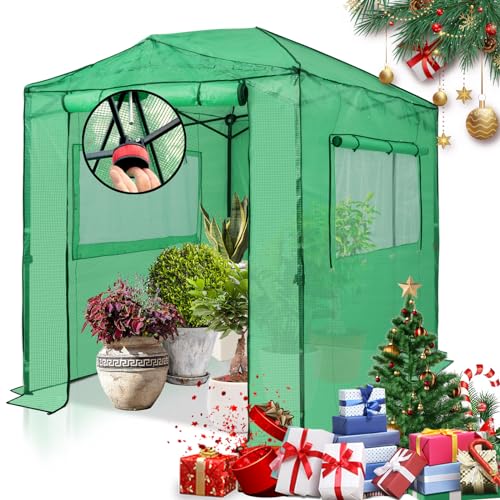



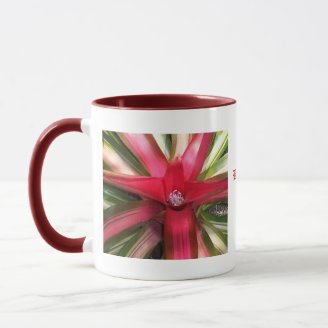





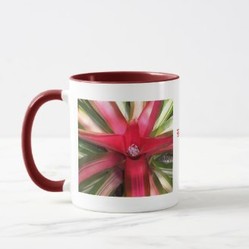

 Polar Coordinate System5 days ago
Polar Coordinate System5 days ago
 Aurora Can Disrupt Electrical Devices And Even the Grid?6 days ago
Aurora Can Disrupt Electrical Devices And Even the Grid?6 days ago
 Overcoming Difficulties Encountered with Mathematics7 days ago
Overcoming Difficulties Encountered with Mathematics7 days ago
 Christmas on Zazzleon 10/21/2025
Christmas on Zazzleon 10/21/2025

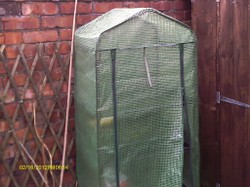
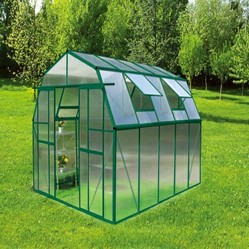
Comments
Thanks. Horticultural scientists know that hard barriers deflect air, but can cause turbulence, which is known to do damage to some gardens after the protective effect of the barrier has been lost.
I suffered a bit of this a year or so ago, when there was damage to greenhouses on plots 5-9 [I am on plot seven] Localized turbulence seems to have been the problem, but it has not been repeated.
Frank, in order to set up rotating air something must cause it. A partial vacuum as air above reduced pressure either on the sides of the houses or in front of them could very well be the problem. As per einstein, it is insanity to perform the same experiment and expect different results. Once could be a fluke, repeated similar problems indicates something is causing the problem.
DerdeiuMarriner Different parts of the country often use different words. with television it is getting more standard, but has a long way to go.
blackspanielgallery, People, such as I originally, from the extremer parts of the Northern States favor glasshouse, over greenhouse, as a statement of preference for building materials and as a synonym for hothouse in a home conservatory. My tendency still is toward glass over plastic.
There are rules set by the council to ensure that greenhouses on allotments are well secured. The council insists that they must meet certain criteria, and that they must not be built from scrap, so as to ensure that they are firm.
By the way, I have stepped down as chair of the gardening society, as I needed a rest. But yes,greenhouse stability does come up.
Now here is something for a physicist. One plot holder on our allotment has on two or three occasions been victim to a vortex which has destroyed her greenhouse. It is known that physical barriers protect against wind for ten times their height. A line of houses,probably about forty feet high, stands across the path of the wind, and her greenhouse is about 450 or so feet from them, just enough for wind deflected upwards by the houses to come down as turbulence. On Karen's greenhouse! I think that she is unfortunately sited. What is your physicist's opinion of my explanation?
Too many people assemble things such as small buildings without giving anchors a thought, and do not read the entire set of instructions. I had no doubt your greenhouses would be well anchored, but I felt others needed the warning. I would think it could even be a topic at your garden club from time to time. It is so critical to being responsible.
My greenhouses are pegged down differently. Number one is bolted to a concrete base and also cemented in with Pink Grip. My "new" [second hand] greenhouse is weighted down by paving stones. The bars that lie on the ground are L-shaped in cross section, so the paving slabs rest on the flat bit of the L. The arrangement has worked very well and has withstood strong winds.
Glad you liked it.
BSG
Thanks for another science article. As a non scientist I love learning about science in your clear style. I think you must be a wonderful teacher.
Yes I thought that Americans say glass house. I don't know where we get that idea from.
This area uses its own words, but here there are two options: greenhouse and hot house. I have never heard glass house used. In fact, the greenhouse effect is named for greenhouses, although the mechanism is quite different. There is no reflection in the greenhouse effect, rather an absorption. Since greenhouse effect is as well used as global warming I suspect it is the most common term. But, here we say things unique to the area, so I am not certain. The only time I heard glasshouse was associated with a glass roof cover restaurant, but that is a different thing.